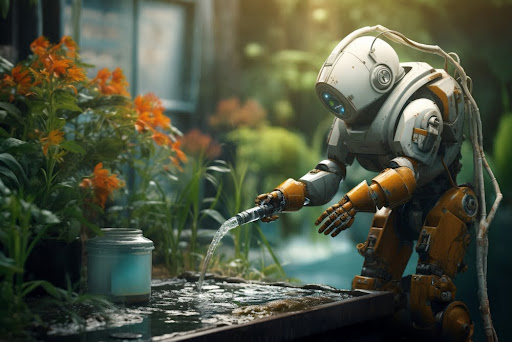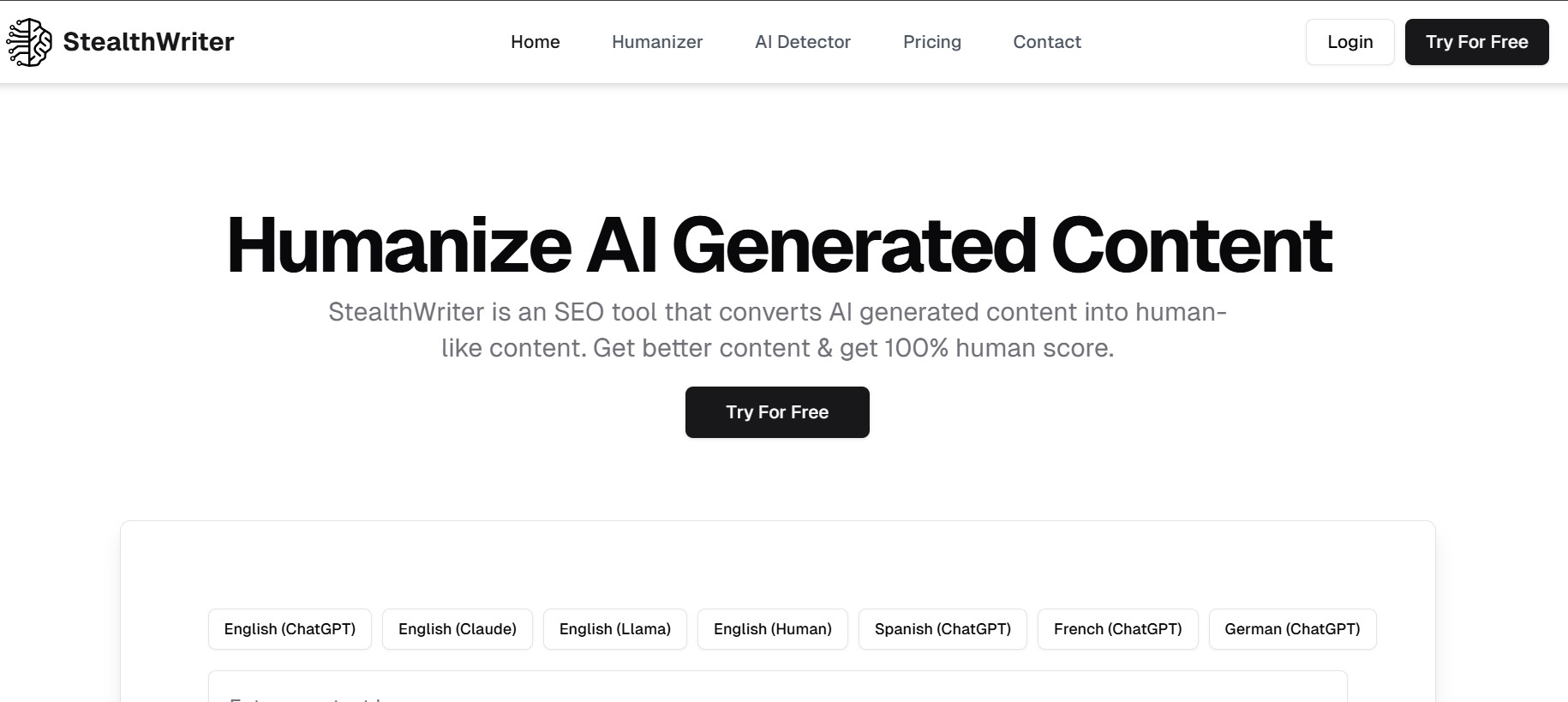Artificial Intelligence (AI) has gone from sci-fi fantasy to grocery list assistant real quick. From writing your emails to recommending your next Netflix binge, AI is everywhere—quietly running behind the scenes. But with great power comes great energy bills. And now, a pressing question is making the rounds: is AI bad for the environment?
Spoiler alert: it’s complicated.
If you’re picturing Wall-E cleaning up Earth after robots went rogue—don’t panic. But there is cause for concern, especially if you’re someone who cares about carbon footprints, data centers, and the heat death of the planet (y’know, the usual).
So let’s plug in and get real about how your favorite virtual assistant might be cooking the Earth’s atmosphere—one algorithm at a time.
Why People Are Asking: Is AI Bad for the Environment?
AI isn’t just a fancy app—it’s a massive ecosystem of:
- Data centers that hum 24/7
- Machine learning models that take months to train
- Servers that consume power like a gamer in crunch time
Training an AI model like GPT-4 can use hundreds of megawatt-hours of electricity and emit tons of CO₂. A 2019 study from the University of Massachusetts Amherst found that training a large language model can emit as much carbon as five cars over their entire lifetime. Yep, five whole cars.
So yeah, when people ask “is AI bad for the environment,” it’s not just hot air—they’re talking real environmental impact.
Let’s Break Down the Environmental Impact of AI

1. Training the Beast: Massive Carbon Emissions
Training AI models involves running powerful GPUs and TPUs around the clock for weeks or months. This uses a ton of electricity, especially when it’s pulled from coal-heavy power grids.
- Training GPT-3 reportedly consumed 1,287 MWh and emitted 552 metric tons of CO₂.
- That’s roughly the same as driving 1.2 million miles in a regular car.
2. Data Centers: The Real Energy Vampires
AI relies on huge data centers that:
- Need to be constantly cooled
- Run 24/7/365
- Use as much as 1% of global electricity
And the more AI we use (voice assistants, chatbots, facial recognition), the more these centers expand—and guzzle energy.
3. E-Waste and Hardware Demand
AI isn’t just software—it’s silicon. The chips (GPUs, TPUs) used for AI are resource-intensive to manufacture and often become obsolete quickly, adding to e-waste and putting pressure on the Earth’s mineral resources.
How Does AI Contribute to CO₂ Emissions?
Training AI models, running large-scale data centers, and constantly upgrading hardware all contribute significantly to AI energy consumption and carbon emissions.
When combined, these processes result in a large environmental footprint that cannot be ignored.
Can AI Be Greener? How Technology Can Help the Environment
Not so fast.
As much as we like to roast AI for its power-hungry habits, it’s not all doom and gloom. There’s a greener side to AI as well.
AI Can Help Save the Planet By:
- Optimizing energy grids
- Reducing food waste
- Improving weather predictions
- Detecting deforestation and illegal mining in real time
- Optimizing logistics to reduce fuel use
In short, AI and sustainability can coexist—if we train and deploy AI wisely.
Wait, Is AI Always Bad for the Environment?

Not so fast.
As much as we like to roast AI for its power-hungry habits, it’s not all doom and gloom. There’s a greener side too.
AI Can Help Save the Planet By:
✅ Optimizing energy grids
✅ Reducing food waste
✅ Improving weather predictions
✅ Detecting deforestation and illegal mining in real time
✅ Optimizing logistics to reduce fuel use
In short, AI can also be an eco-warrior—if we train and deploy it wisely.
How to Make AI Greener (Without Unplugging Your Life)
So, is AI bad for the environment? Sometimes. But it doesn’t have to be. Here’s how to flip the script:

1. Use Renewable Energy for Training
Big tech companies like Google, Amazon, and Microsoft are investing in clean energy for their data centers. Support products and services from companies that prioritize renewables.
2. Smarter, Not Bigger AI Models
Instead of building massive models that require tons of energy, researchers are working on efficient AI architectures that do more with less.
3. Local & Edge Computing
Instead of relying on massive cloud centers, AI models that run locally (like on your phone) reduce the need for power-hungry data centers.
4. AI for Environmental Monitoring
Deploy AI to monitor, predict, and reduce environmental harm. A classic case of using the enemy’s power for good.
Quick Stats: AI and the Environment at a Glance
| Metric | Impact |
| CO₂ from training GPT-3 | 552 tons |
| Data centers’ global electricity use | 1-2% |
| Energy used per AI query | Can be 10x that of a Google search |
| Potential CO₂ savings via AI | Up to 4% of global emissions by 2030 (per PwC) |
FAQs
-
How harmful is AI to the environment?
The environmental impact of AI is significant, especially due to the energy consumed by training large models, running data centers, and manufacturing hardware.
While not inherently harmful, the overall carbon footprint of AI depends on how it’s deployed and powered.
-
Is AI worse for the environment than cars?
AI’s environmental impact can be comparable to the emissions from several cars, especially during the training phase of large models.
However, AI has the potential to offset some of these impacts through energy-efficient solutions and sustainable practices, making the comparison complex.
-
What are the negative effects of AI?
The negative effects of AI include significant energy consumption, high carbon emissions from data centers, e-waste from obsolete hardware, and the environmental cost of mining resources for AI chips. However, these effects can be mitigated with responsible development and deployment strategies.
-
Does AI really waste water?
AI itself doesn’t directly waste water, but the energy-intensive data centers that power AI models require vast amounts of cooling, often using large quantities of water.
This is particularly an issue in areas where water resources are scarce, further adding to the environmental cost.
Smarter Than Us? Maybe. Greener Than Us? That’s Up to Us
So, is AI bad for the environment? It can be—but it doesn’t have to be. Like most technologies, its impact depends on how we build it, power it, and use it.
AI isn’t inherently evil—it’s just incredibly powerful. The key lies in keeping the innovation while cutting the emissions. With smarter development practices, cleaner energy, and conscious consumer choices, AI can go from planet problem to planet protector.
And if all else fails… maybe it’s time to teach AI how to compost.









